Actun Tunichil Muknal Cave, Belize
Actun Tunichil Muknal Cave is in the subtropical forest of Tapir Mountain Reserve. It’s an Indiana Jones-type adventure.
After a short forest walk, and three river crossings, visitors must swim into the cave entrance which is shrouded in greenery. From there it’s a three hours return trip underground in pitch blackness for around three kilometres. Hardhats and headlamps are required to follow the crystal-clear stream, walking, wading or swimming between cave walls, which narrow at one point to a body-width gap. See stalagmites, stalactites, white icing-like calcification seemingly pouring over rocks, and in high-ceilinged places pinkish and rusty orange-coloured rock. Climbing to a dry upper chamber visitors are surprised with the sight of smashed and intact Maya pots strewn across the cave floor along with arrangements of ‘tripod’ stones for pots to sit on. This Maya burial site is thought to date between 800 and 920AD. Twelve skeletons lie calcified white, believed to be sacrifices to the gods. The cave opens up forming a spectacular cathedral of stalagmites and stalactites, thousands of years old. Climb up a metal ladder to the moving sight of the ‘Crystal Maiden’. Perfectly intact, sprawled on its back, the skeleton sparkles in torchlight.
Guided half-day tours are the only way to access the caves with transport provided from San Igancio, an hour’s drive away. Visitor numbers are limited. No cameras are permitted – dropped by previous visitors, they’ve damaged artefacts and skeletons.



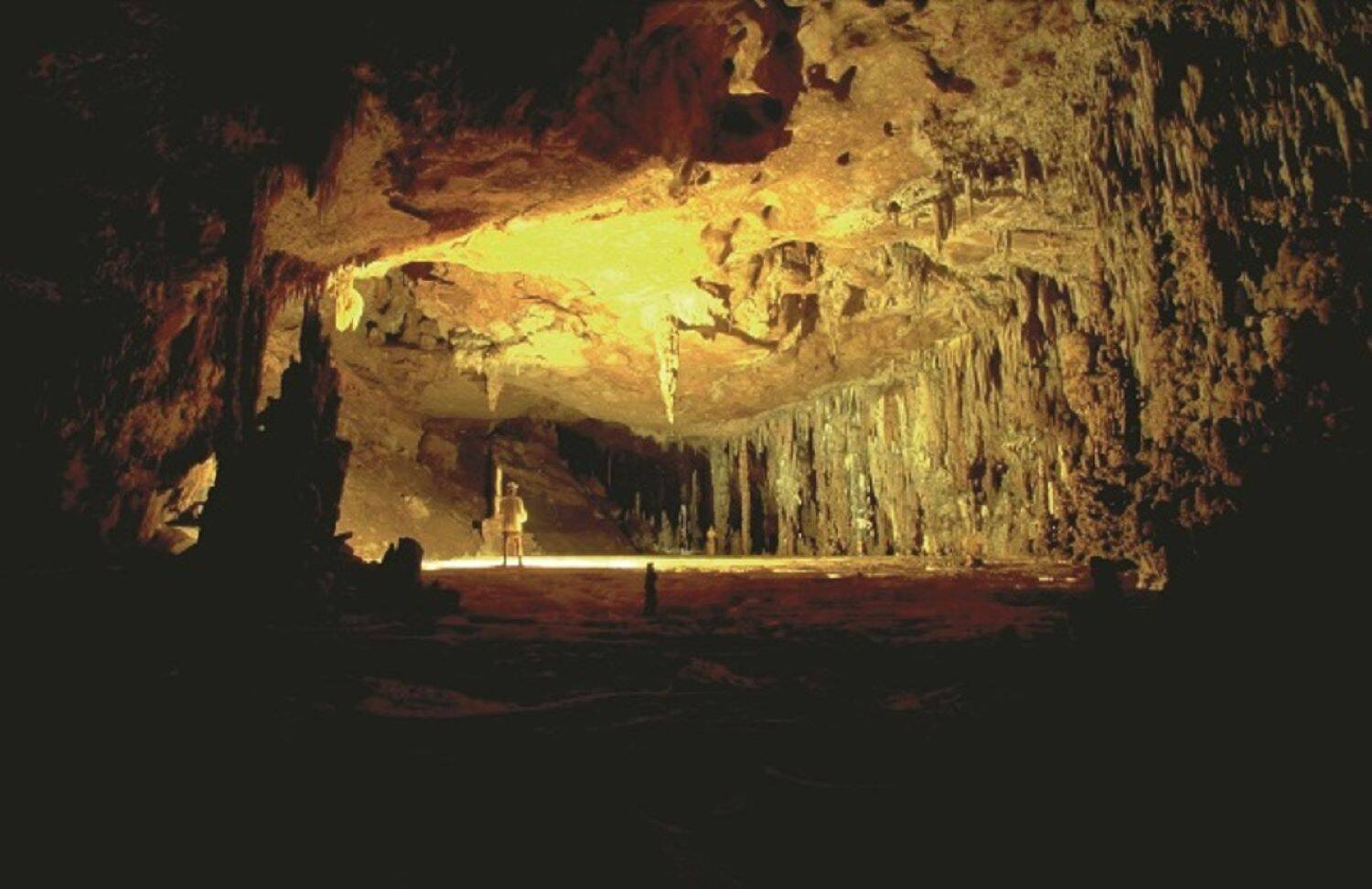
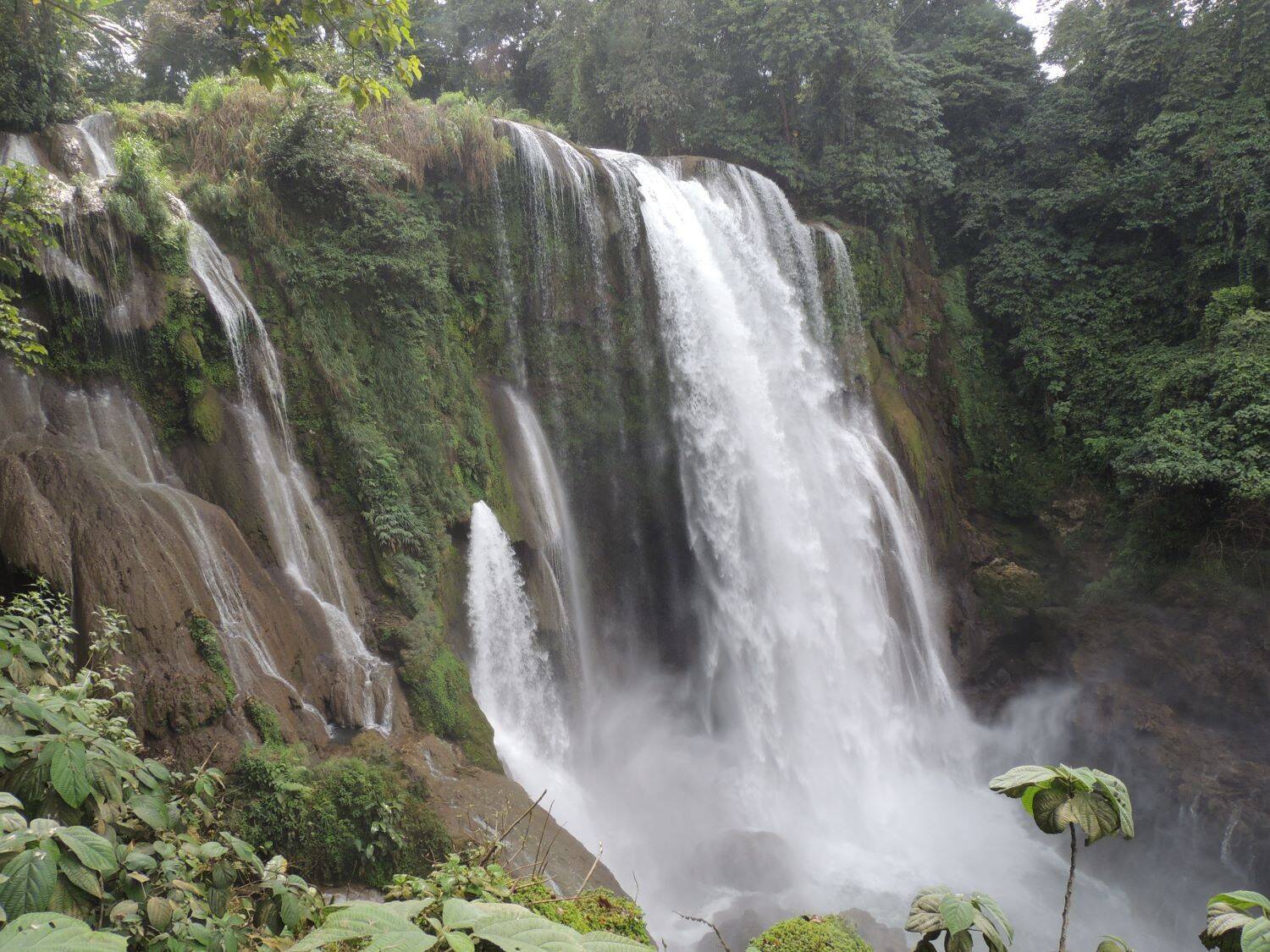
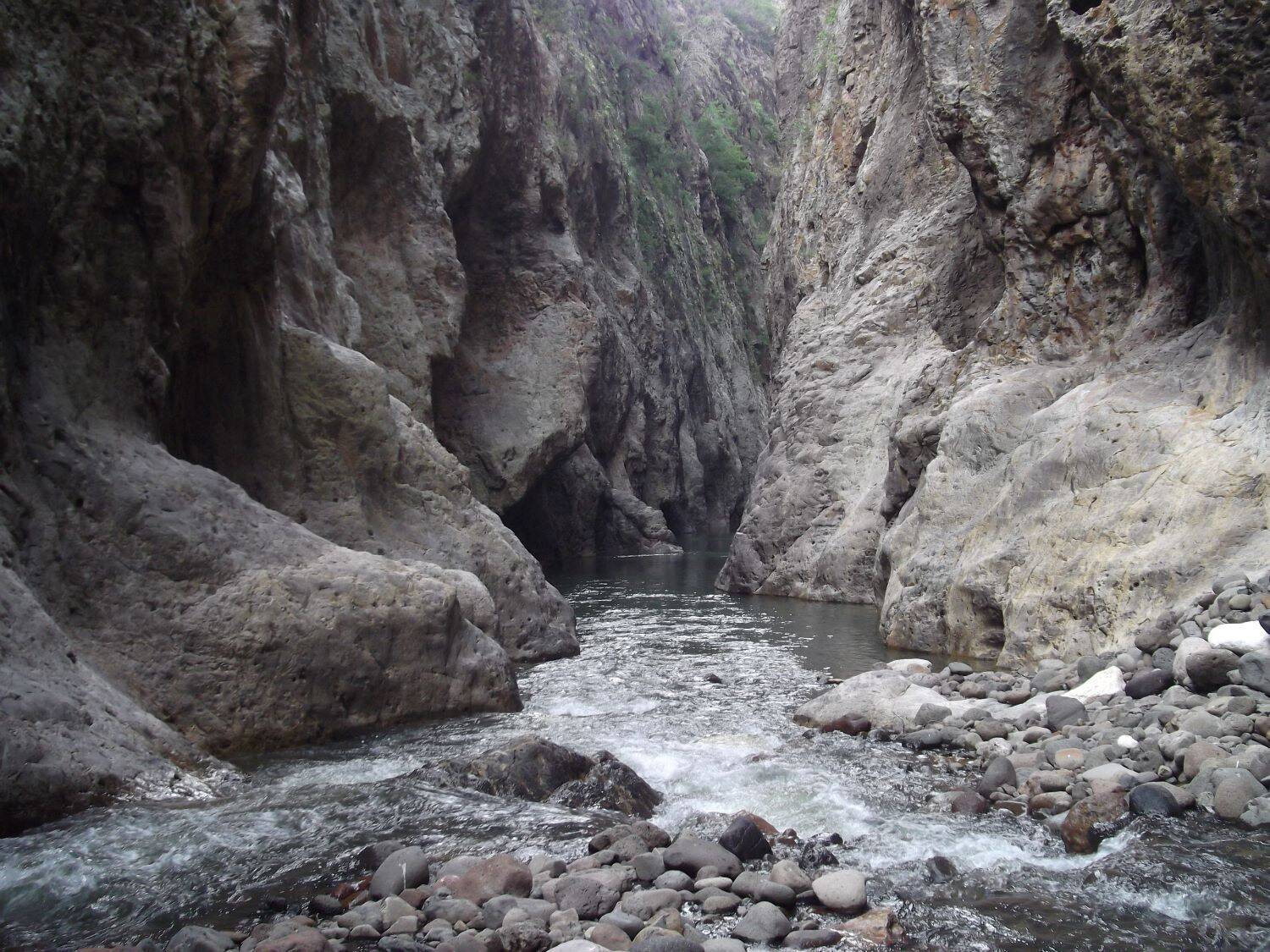

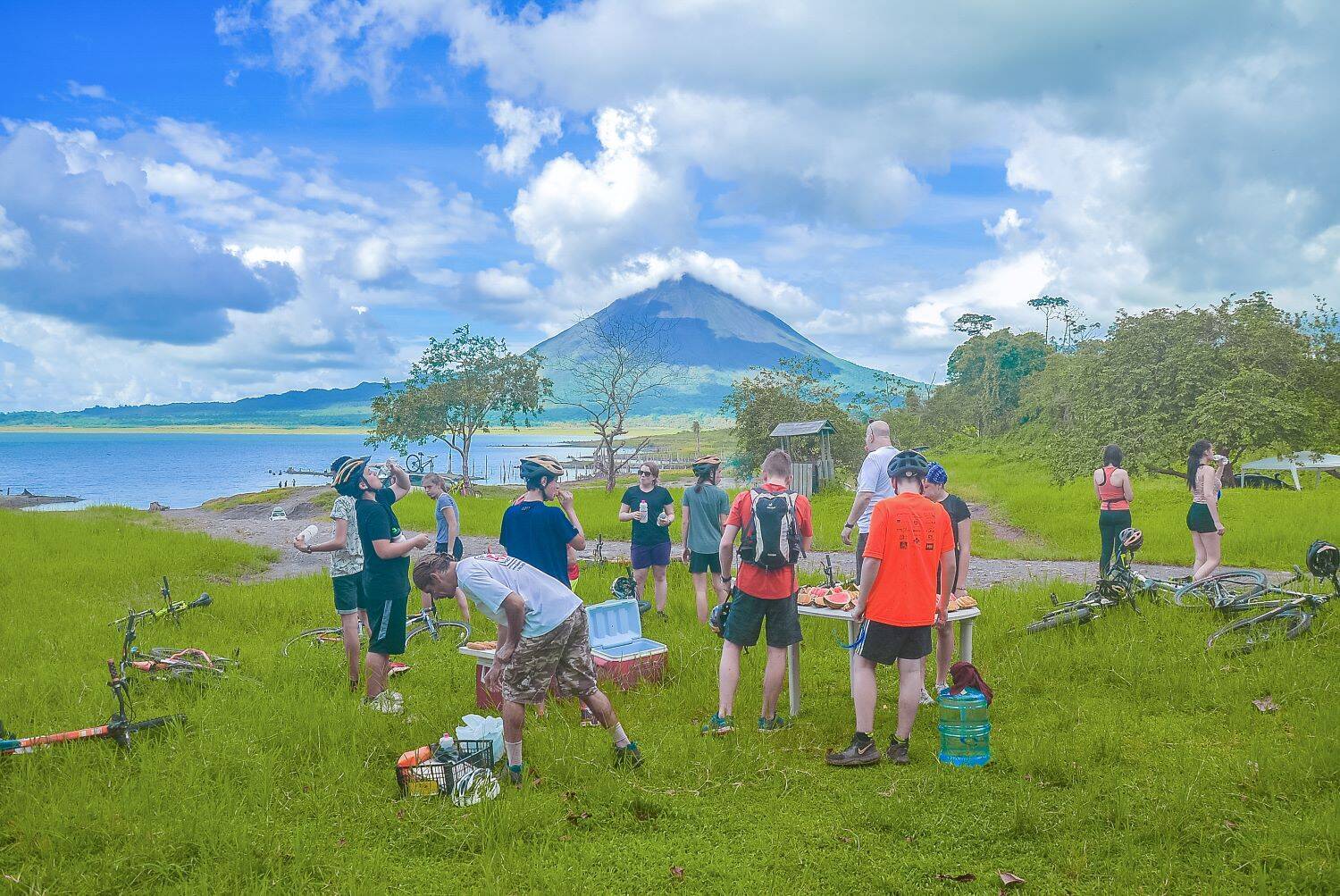

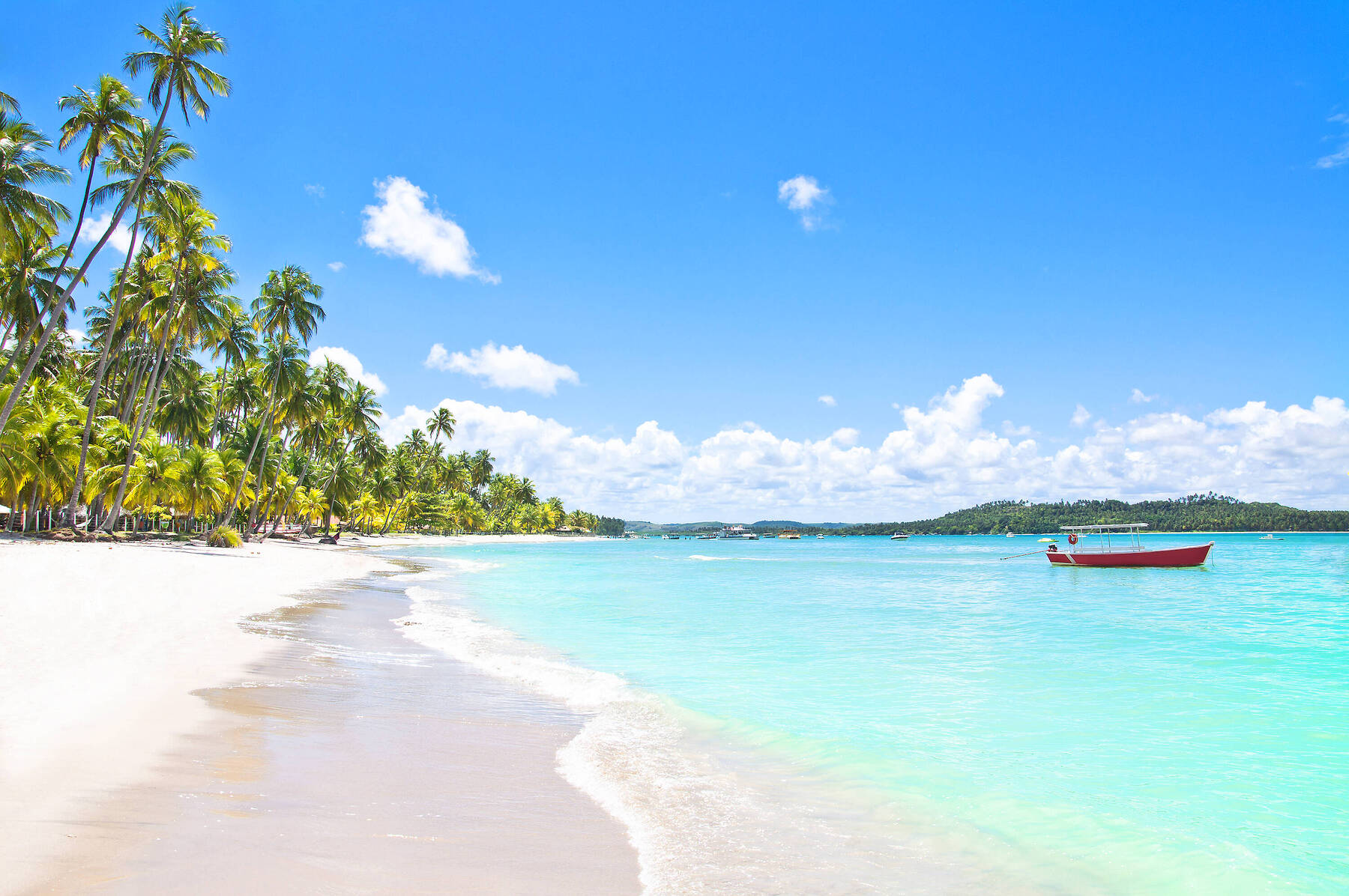
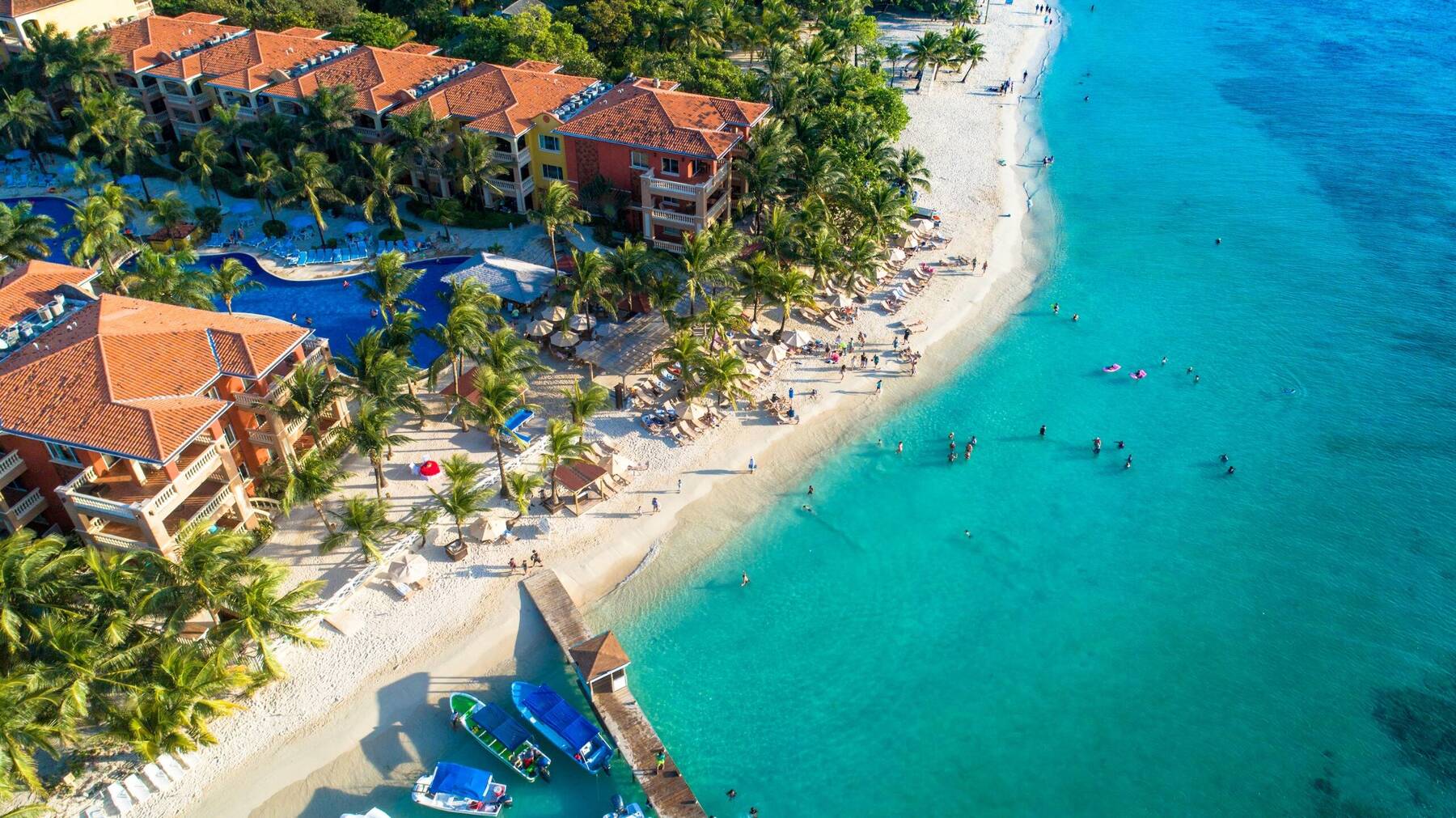




Comments